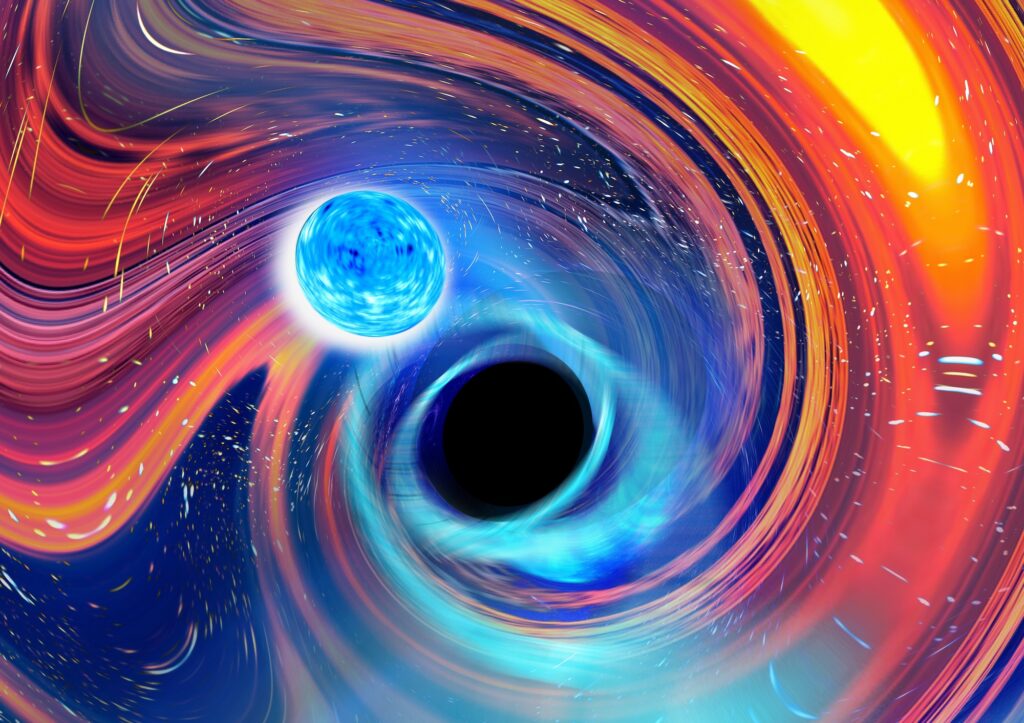Scientists detected the first long-predicted gravitational wave in 2015, and since then, researchers have been hungering for better detectors. But the Earth is warm and seismically noisy, and that will always limit the effectiveness of Earth-based detectors.
Continue reading “Here’s Why We Should Put a Gravitational Wave Observatory on the Moon”Here’s Why We Should Put a Gravitational Wave Observatory on the Moon


